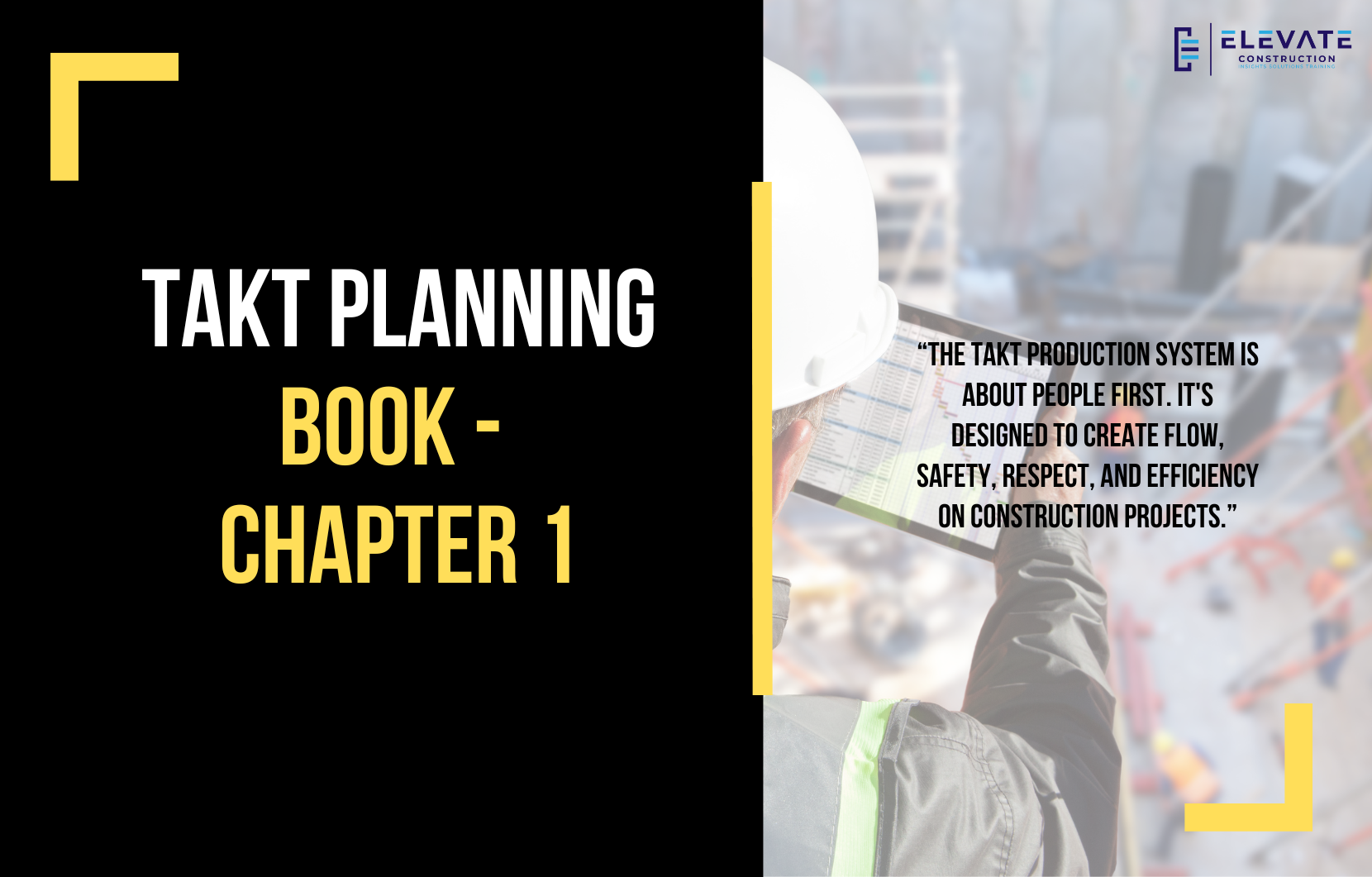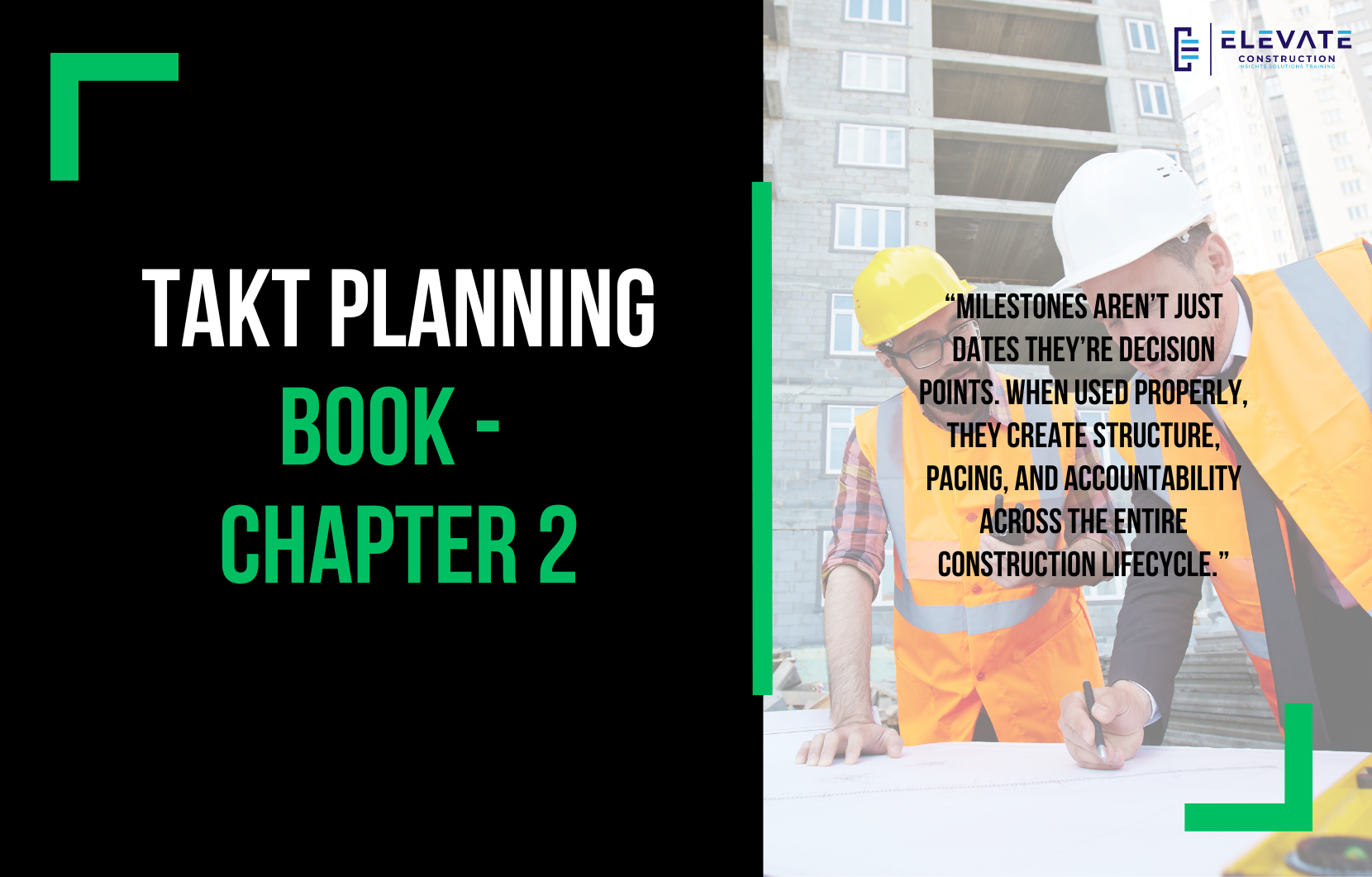Understanding the Human Ego
I want to talk about something that touches every part of our lives and work, the human ego.
Recently, I received some kind feedback on my book The Senior Superintendent. Readers shared how much they enjoyed it and looked forward to the audiobook and part two. Those words encouraged me, and they remind me why exploring topics like ego matters so much for leaders in construction and beyond.
You Are Not Your Ego
Sometimes people hesitate when I bring up subjects like ego or presence because they can sound abstract unless you’ve read Eckhart Tolle’s The Power of Now. But here’s the simple truth: you are not your brain, your body, or your thoughts.
Science shows that the brain has both a problem-solving and a communication center. Activity in the communication area often begins seconds before we consciously experience an “aha” moment. That proves our brain is an amazing tool, but it is not who we are.
According to Tolle, the ego is the false sense of self that arises when we confuse ourselves with our thoughts, feelings, or roles. If you are not careful, your ego will take the driver’s seat and control you instead of you controlling it. That is when you get defensive, angry, or stuck.
Ego in Construction and Marketing
At Elevate, we are constantly improving our sales and marketing to reach the right people. We know our services deliver incredible results: higher profits, on-time completions, proud teams, and jobsites others want to tour. But here’s the challenge: no one likes to admit they need help.
Kate put it well: most men in construction resist showing weakness. It is tied to the ego. If our website said “Project Recovery,” many would avoid it because acknowledging problems feels like failure. It is like the Febreze example, people did not realize their homes smelled because they were used to it. In construction, many do not recognize their projects stink until it is too late.
So we face the task of speaking to the ego without threatening it. Leaders want solutions, but they also want to keep their pride intact. That means we must find ways to present help as strength, not weakness.
The Eight Behaviors of the Ego
Tolle outlines eight ways ego shows up, and they apply directly to construction leadership:
- Identification with thoughts: Believing every thought is truth, instead of treating it as data.
- Seeking validation: Depending on approval from owners, executives, or peers rather than focusing on results.
- Attachment to form: Defining worth by title, role, or possessions, making help feel like a threat.
- Resistance to change: Clinging to old methods instead of embracing collaboration, respect, and new systems.
- Separation and comparison: Comparing yourself to others instead of seeing the value of teamwork.
- Negative emotions: Thriving on anger, resentment, or jealousy, which blocks connection and progress.
- Defensiveness: Reacting to feedback as a personal attack rather than an opportunity to grow.
- Need for control: Wanting to control everything and everyone, which destroys collaboration.
When leaders operate from ego, they sabotage themselves and their teams. They refuse to ask for help, resist proven systems, and cling to fire-fighting because it gives them significance. But when leaders step outside the ego, they open the door to real change, collaboration, and excellence.
Moving Past the Ego
The construction industry’s biggest barrier to progress is not a lack of tools, systems, or methods, it is the ego. Specifically, the male ego tends to resist asking for help, showing vulnerability, or admitting mistakes. While women can struggle with ego as well, men often carry a deeper conditioning to hide weakness at all costs.
If we are going to transform construction, we must face this reality. True leadership means putting aside pride, embracing respect for people, and building systems that support collaboration.
The next step for all of us is to recognize when our ego is driving the bus and to take the wheel back. When we do, we create space for better projects, healthier teams, and a more human industry.
On we go.
Key Takeaway
The biggest barrier to progress in construction is not tools or methods, it is the ego. When I separate my true self from my thoughts and pride, I lead with clarity and unlock lasting change.
If you want to learn more we have:
-Takt Virtual Training: (Click here)
-Check out our YouTube channel for more info: (Click here)
-Listen to the Elevate Construction podcast: (Click here)
-Check out our training programs and certifications: (Click here)
-The Takt Book: (Click here)
Discover Jason’s Expertise:
Meet Jason Schroeder, the driving force behind Elevate Construction IST. As the company’s owner and principal consultant, he’s dedicated to taking construction to new heights. With a wealth of industry experience, he’s crafted the Field Engineer Boot Camp and Superintendent Boot Camp – intensive training programs engineered to cultivate top-tier leaders capable of steering their teams towards success. Jason’s vision? To expand his training initiatives across the nation, empowering construction firms to soar to unprecedented levels of excellence.
On we go










